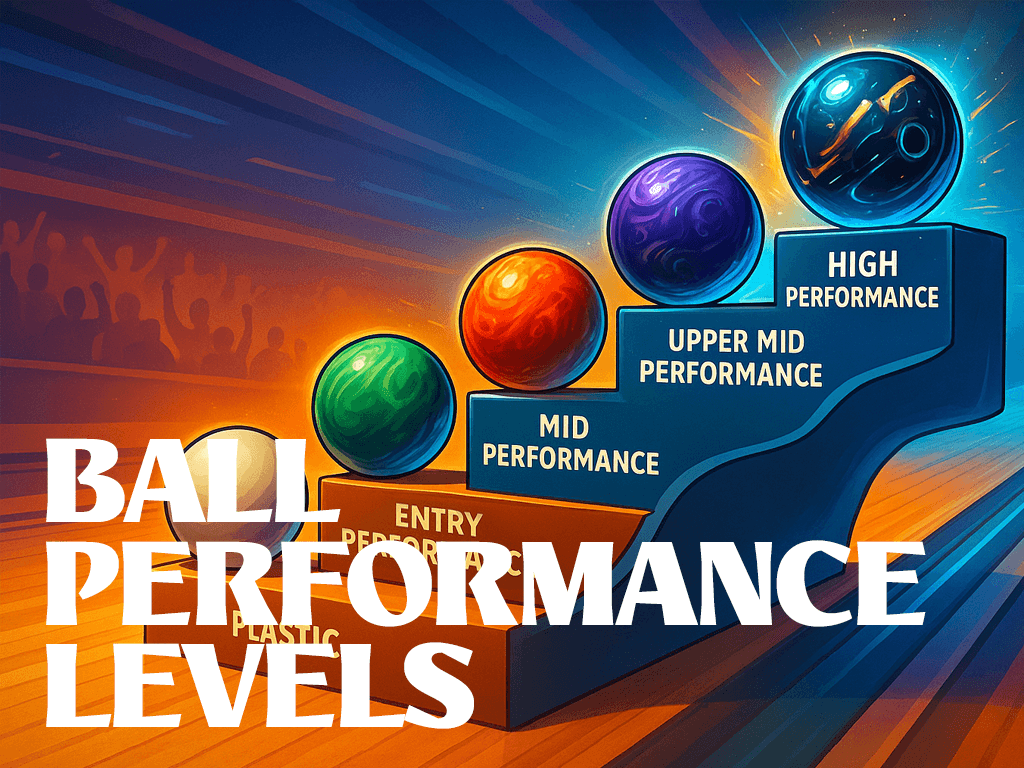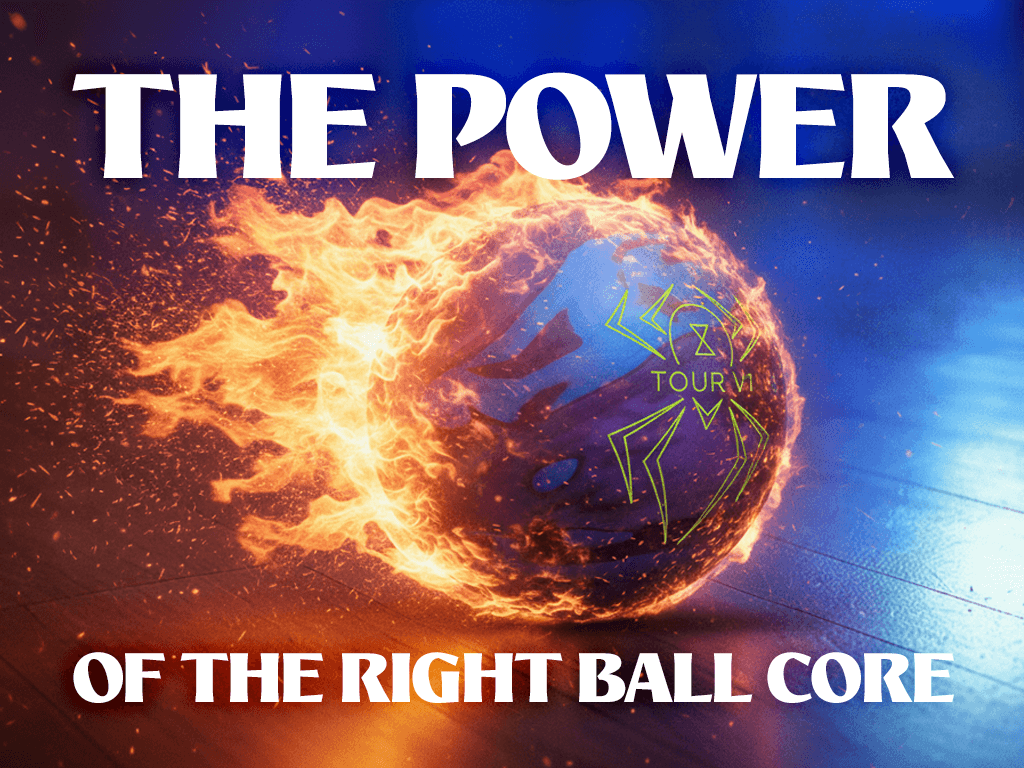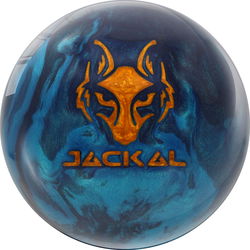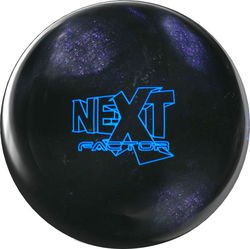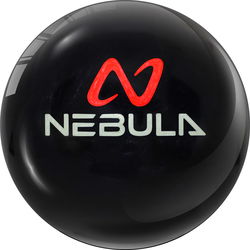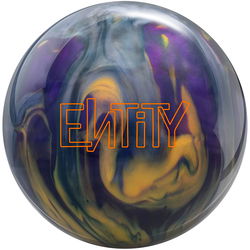In 1998, 50.6 million people participated in bowling in the U.S., making it the 4th most participated in sport-leisure activity. (Super-study conducted by the U.S. Sporting Goods Manufacturers Assoc.). It ranked behind leisure swimming, bicycling, and walking. According to The Millionaire Next Door by Thomas Stanley, bowling is the second most profitable sole proprietorship in America, excluding health-related industries. First is coal-mining. Like any business, this profit is not automatic. Standard, sound business practices, good demographics, good equipment, and a good location are all necessary ingredients for a profitable bowling business. The advantages of operating a bowling center include these facts: it is an all cash business; there are no accounts receivable; there is virtually no inventory; there is no cash flow lag; consequently, gross profit is in excess of 90%. The following guidelines will serve as an overview to show you what we think it takes to build a successful center. If you have further questions or need a source for your equipment, feel free to contact us at bowling.com.
DEMOGRAPHICS
In the U.S., the bowling industry typically recommends a population density of 2,000 per lane within a 5-mile radius; i.e. a 24-lane center should have a population of 48,000. However, bowling.com recommends 2500-3,000 per lane. If you are the only bowling center in your trade area or in your town, then the 5-mile radius can be expanded. Other factors also may skew the standard demographics up or down.
PROPERTY REQUIREMENTS
16 Lanes=2 Acres (.8 HA)
24 Lanes= 2.5 Acres (1 HA)
32 Lanes= 3 Acres (1.2 HA)
40 Lanes=
4 Acres (1.6 HA)
Parking: 5 Spaces per lane
APPROXIMATE BUILDING DIMENSIONS
Width: 5.6'/ LANE (171cm) (plus divisions for support poles and walkways on the sides).
Depth:
150'-175' (46M-54M)
Back wall through settee area: 100'(30.48M) plus 50'-75'for concourse, front
desk, restaurant, etc.
Note: The Depth can be reduced or increased, but the width must be as
specified.
EQUIPMENT COSTS
Bowling Equipment Costs, delivered and installed range from $18,000 per lane to $45,000 per lane. The lower cost is all used, and the higher cost is all new. Most U.S. centers are constructed using a combination of new and used. Bowling equipment will last 30 or more years if properly maintained. Modernizations such as upgraded scoring, new front end furniture, etc. are needed every 5-10 years to keep up with competition. Average cost in the U.S. to completely build a new center, including land, building, nonbowling equipment, and bowling equipment is $ 90,000-$110,000 per lane. The single largest cost variable is whether or not one leases, purchases or constructs a building. Should one decide to outfit an existing building, costs can be in the $50,000 to $65,000 per lane range, complete.
CASH FLOWS
The lineage (games) in a well run, state-of-the-art center in the U.S. can range (on the high side) from 12,000-15,000 games per lane per year. The national average for chain operated centers is 9250 lines per year. Internationally, centers in certain new markets have generated as much as 25,000-30,000 lines per year. The average cost per game in the U.S. is approximately $2.00 The average nonbowling revenue is $.67 for every $1.00 of bowling revenue. This is for things such as food and beverage, shoe rental, vending machines, arcade games, etc. A bowling center averaging 11,000 lines per year will generate approximately $36,750 per lane annually. Operating cash flows should be from 25%-33% of gross revenue.
TRENDS
The trend in the U.S. is large, modern, family entertainment centers. Properly managed, the amount of open play (nonleague) can be increased tremendously by implementing such things as ""glow-in-the-dark"" late night bowling, birthday parties, corporate parties, etc. These types of centers are actually attracting professional men and women and their children, which is something the industry has seldom seen here-to-fore. The types of centers mentioned above are doing extremely well, while the ones who have not changed with the times and who have not reinvested in their centers are not doing nearly as well.

